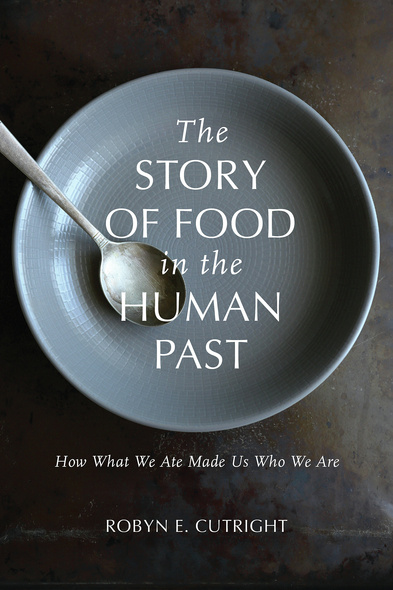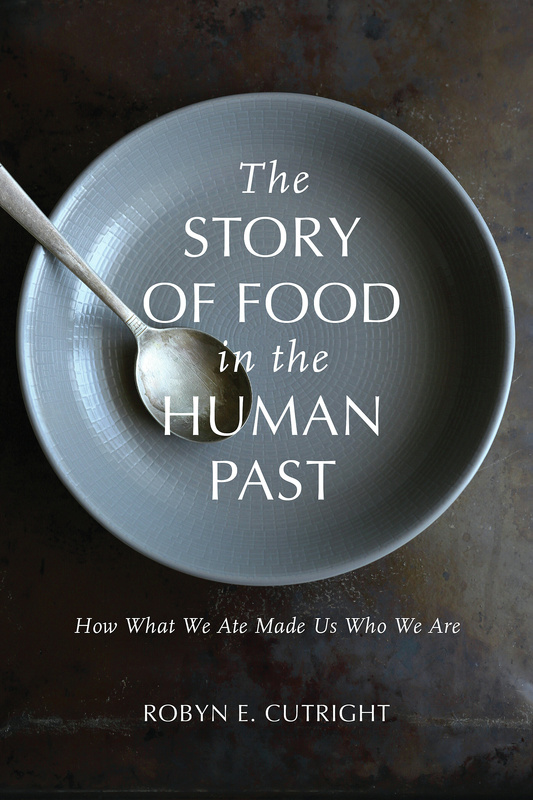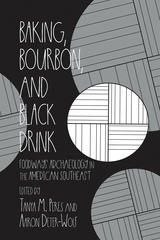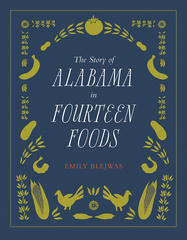
288 pages, 6 x 9
14 color figures - 17 B&W figures - 9 maps
Paperback
Release Date:26 Jan 2021
ISBN:9780817359850
Hardcover
Release Date:26 Jan 2021
ISBN:9780817320829
The Story of Food in the Human Past
How What We Ate Made Us Who We Are
SERIES:
Archaeology of Food
University of Alabama Press
A sweeping overview of how and what humans have eaten in their long history as a species
The Story of Food in the Human Past: How What We Ate Made Us Who We Are uses case studies from recent archaeological research to tell the story of food in human prehistory. Beginning with the earliest members of our genus, Robyn E. Cutright investigates the role of food in shaping who we are as humans during the emergence of modern Homo sapiens and through major transitions in human prehistory such as the development of agriculture and the emergence of complex societies.
This fascinating study begins with a discussion of how food shaped humans in evolutionary terms by examining what makes human eating unique, the use of fire to cook, and the origins of cuisine as culture and adaptation through the example of Neandertals. The second part of the book describes how cuisine was reshaped when humans domesticated plants and animals and examines how food expressed ancient social structures and identities such as gender, class, and ethnicity. Cutright shows how food took on special meaning in feasts and religious rituals and also pays attention to the daily preparation and consumption of food as central to human society.
Cutright synthesizes recent paleoanthropological and archaeological research on ancient diet and cuisine and complements her research on daily diet, culinary practice, and special-purpose mortuary and celebratory meals in the Andes with comparative case studies from around the world to offer readers a holistic view of what humans ate in the past and what that reveals about who we are.
The Story of Food in the Human Past: How What We Ate Made Us Who We Are uses case studies from recent archaeological research to tell the story of food in human prehistory. Beginning with the earliest members of our genus, Robyn E. Cutright investigates the role of food in shaping who we are as humans during the emergence of modern Homo sapiens and through major transitions in human prehistory such as the development of agriculture and the emergence of complex societies.
This fascinating study begins with a discussion of how food shaped humans in evolutionary terms by examining what makes human eating unique, the use of fire to cook, and the origins of cuisine as culture and adaptation through the example of Neandertals. The second part of the book describes how cuisine was reshaped when humans domesticated plants and animals and examines how food expressed ancient social structures and identities such as gender, class, and ethnicity. Cutright shows how food took on special meaning in feasts and religious rituals and also pays attention to the daily preparation and consumption of food as central to human society.
Cutright synthesizes recent paleoanthropological and archaeological research on ancient diet and cuisine and complements her research on daily diet, culinary practice, and special-purpose mortuary and celebratory meals in the Andes with comparative case studies from around the world to offer readers a holistic view of what humans ate in the past and what that reveals about who we are.
The Story of Food in the Human Past is fascinating and well written and covers a broad swath of archaeology with a tone that will not only engage students, but also general readers interested in the archaeology of food.’
—Jerry D. Moore, author of The Prehistory of Home and Visions of Culture: An Introduction to Anthropological Theories and Theorists, Fifth Edition
Whatever we do on this planet leaves traces. It can take a lot of ingenious technical work to recover those traces and even more to figure out what they mean, but Cutright explains very well how archaeologists do those things to bring us the story of food in our past.’
—E. Paul Durrenberger, Acres USA
‘The book is a fine and well-balanced overview of the anthropological archaeology of food, giving fair weight to all human prehistory. … [A] worthy addition to the list of books available for courses on the archaeology and anthropology of food.’
—American Anthropologist
Robyn E. Cutright is the Charles T. Hazelrigg Associate Professor of Anthropology and Latin American Studies at Centre College.






